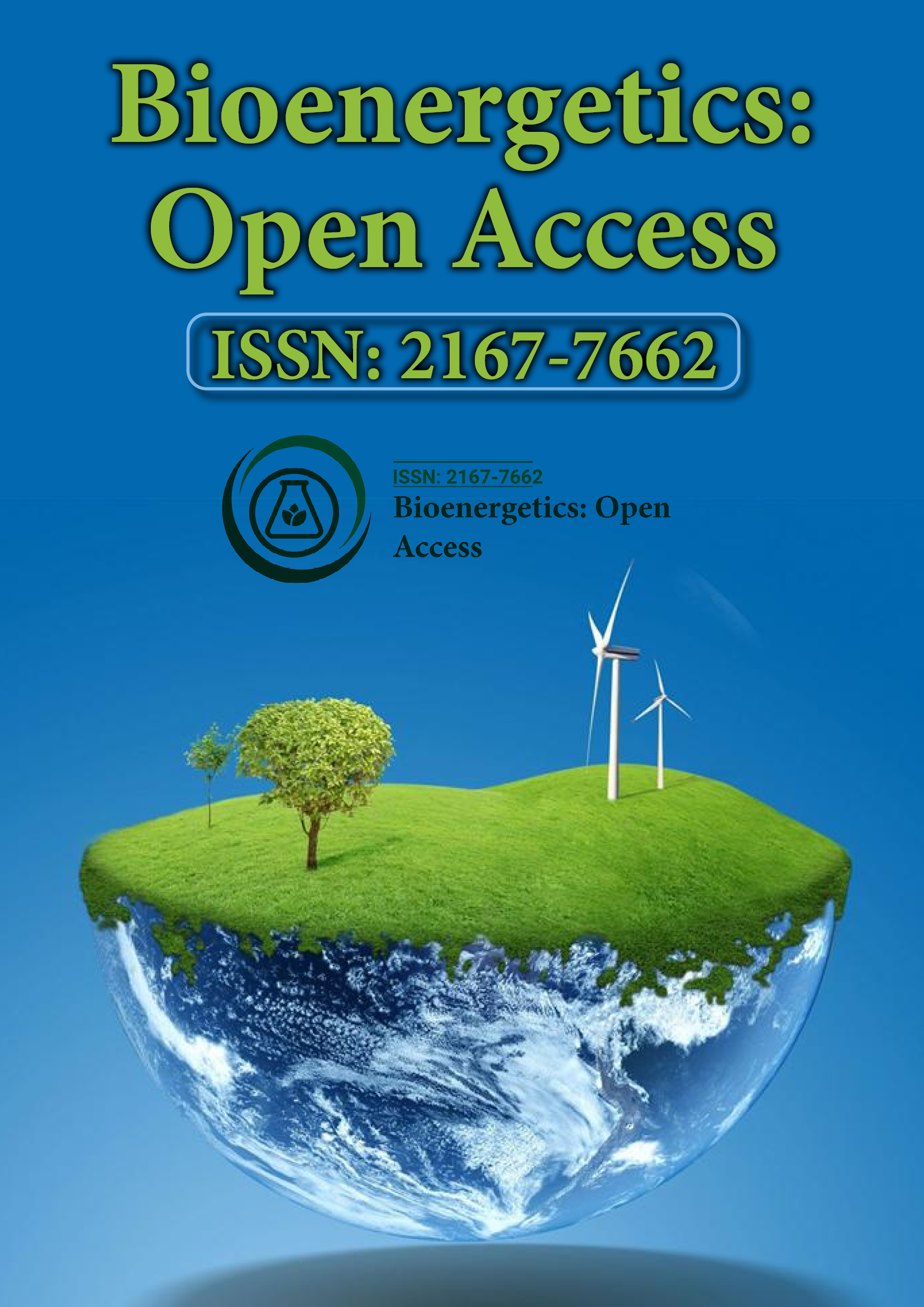Indexed In
- Open J Gate
- Genamics JournalSeek
- Academic Keys
- ResearchBible
- RefSeek
- Directory of Research Journal Indexing (DRJI)
- Hamdard University
- EBSCO A-Z
- OCLC- WorldCat
- Scholarsteer
- Publons
- Euro Pub
- Google Scholar
Useful Links
Share This Page
Journal Flyer

Open Access Journals
- Agri and Aquaculture
- Biochemistry
- Bioinformatics & Systems Biology
- Business & Management
- Chemistry
- Clinical Sciences
- Engineering
- Food & Nutrition
- General Science
- Genetics & Molecular Biology
- Immunology & Microbiology
- Medical Sciences
- Neuroscience & Psychology
- Nursing & Health Care
- Pharmaceutical Sciences
Commentary - (2023) Volume 11, Issue 5
The TCA Cycle: Fueling Cellular Activities beyond Energy Production
Finley Arnold*Received: 18-Aug-2023, Manuscript No. BEG-23-23269; Editor assigned: 21-Aug-2023, Pre QC No. BEG-23-23269 (PQ); Reviewed: 06-Sep-2023, QC No. BEG-23-23269; Revised: 13-Sep-2023, Manuscript No. BEG-23-23269 (R); Published: 21-Sep-2023, DOI: 10.35248/2167-7662.23.11.232
Description
The Tricarboxylic Acid Cycle (TCA), also known as the Krebs cycle or citric acid cycle, is a central metabolic pathway that plays a pivotal role in energy production and the generation of key metabolic intermediates. It is a complex series of biochemical reactions that occur within the mitochondria of eukaryotic cells, including mammals. The TCA cycle is not only essential for energy production but also serves as a centre for various metabolic pathways.
The TCA cycle is a series of enzymatic reactions that involve the oxidation of acetyl-CoA, a molecule derived from various carbon sources such as glucose, fatty acids, and amino acids. These reactions occur in a cyclic manner, with each turn of the cycle producing three molecules of NADH, one molecule of FADH2, one molecule of ATP (or GTP), and two molecules of Carbon Dioxide (CO2). The key intermediates in the TCA cycle include citrate, isocitrate, alpha-ketoglutarate, succinyl-CoA, succinate, fumarate, and malate.
Function of the TCA cycle
The functions of tri carboxylic cycle are:
Energy production: One of the primary functions of the TCA cycle is to generate Adenosine Triphosphate (ATP), the cell's primary source of energy. This occurs through substrate-level phosphorylation, where high-energy phosphate groups are transferred to ADP to form ATP. Additionally, the NADH and FADH2 molecules generated during the TCA cycle feed into the Electron Transport Chain (ETC) within the mitochondria, leading to the production of more ATP through oxidative phosphorylation.
Carbon skeleton generation: The TCA cycle serves as a source of carbon skeletons for various biosynthetic pathways. Intermediates of the TCA cycle can be used for the synthesis of amino acids, nucleotides, and fatty acids, making it a central focus for anabolic processes in the cell.
Redox balance: The TCA cycle is involved in maintaining redox balance within the cell. NADH and FADH2 produced during the cycle participate in redox reactions, which are essential for cellular respiration and the regulation of Reactive Oxygen Species (ROS) levels.
Regulation of the TCA cycle
The TCA cycle is tightly regulated to ensure efficient energy production and metabolic homeostasis. Several mechanisms control its activity:
Substrate availability: The rate of the TCA cycle is directly influenced by the availability of substrates, such as acetyl-CoA, which is derived from glucose, fatty acids, and amino acids. Highenergy demand leads to increased substrate supply, promoting TCA cycle activity.
Allosteric regulation: Enzymes within the TCA cycle are subject to allosteric regulation, where the binding of specific molecules at allosteric sites can activate or inhibit enzyme activity. For example, ATP and NADH act as negative allosteric regulators of isocitrate dehydrogenase and alpha-ketoglutarate dehydrogenase, slowing down the cycle when energy levels are high.
Feedback inhibition: Some TCA cycle intermediates can inhibit their own synthesis by negative feedback. For instance, high levels of ATP or NADH inhibit citrate synthase and isocitrate dehydrogenase, slowing down the cycle when energy production is sufficient.
Hormonal regulation: Hormones such as insulin and glucagon can modulate the TCA cycle's activity by influencing the availability of glucose and fatty acids as substrates.
Oxygen levels: The TCA cycle is sensitive to oxygen levels, as oxygen is required for the ETC to function efficiently. Hypoxia (low oxygen levels) can slow down the cycle and promote the accumulation of lactate, leading to metabolic adaptation in oxygen-deprived conditions.
The tricarboxylic acid cycle is a central metabolic pathway in mammalian cells that plays a critical role in energy production, carbon skeleton generation, and redox balance. Its regulation ensures that it adapts to the cell's energy demands and metabolic needs. Understanding the intricacies of TCA cycle regulation is crucial for elucidating metabolic diseases and exploring potential therapeutic interventions aimed at modulating this fundamental pathway.
Citation: Arnold F (2023) The TCA Cycle: Fueling Cellular Activities beyond Energy Production. J Bio Energetics. 11:232.
Copyright: © 2023 Arnold F. This is an open-access article distributed under the terms of the Creative Commons Attribution License, which permits unrestricted use, distribution, and reproduction in any medium, provided the original author and source are credited.
